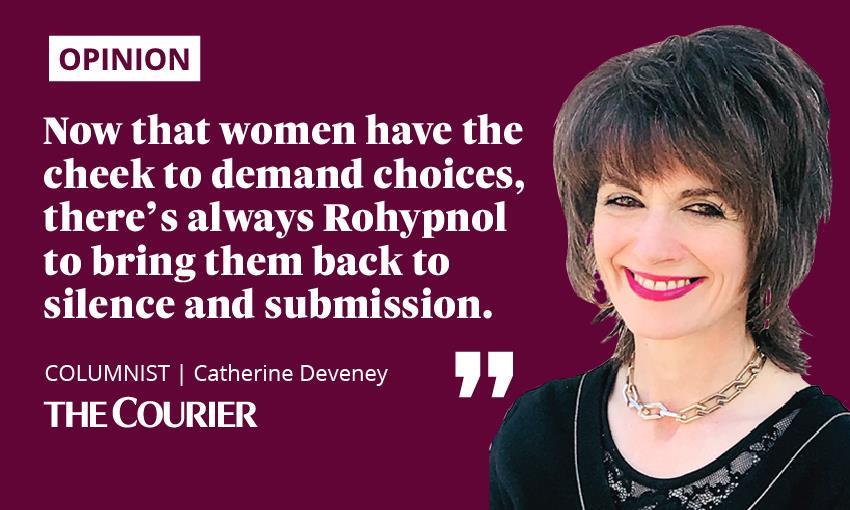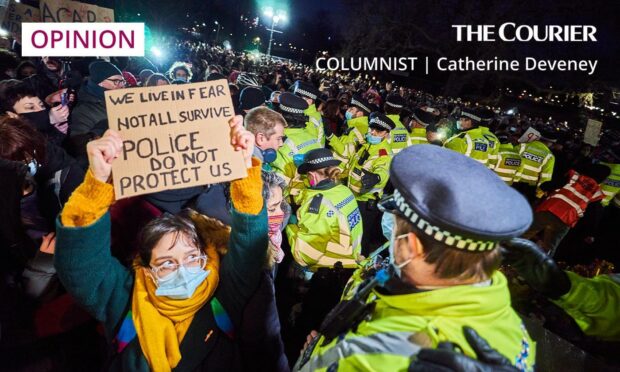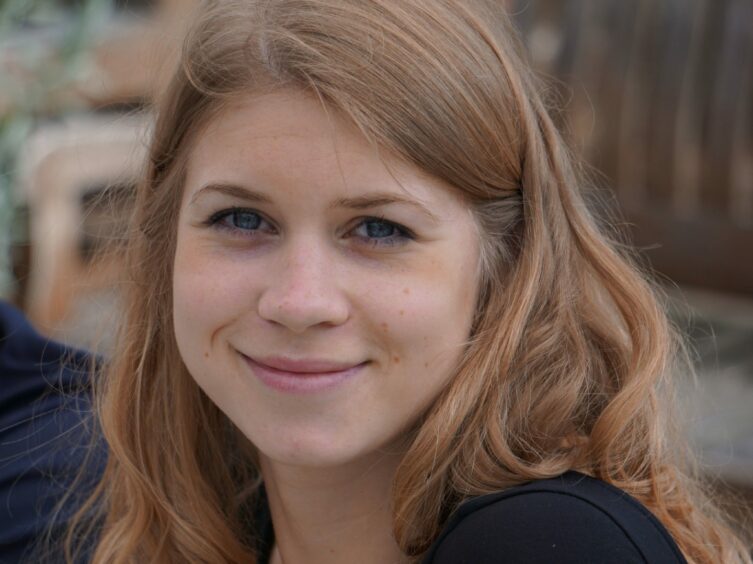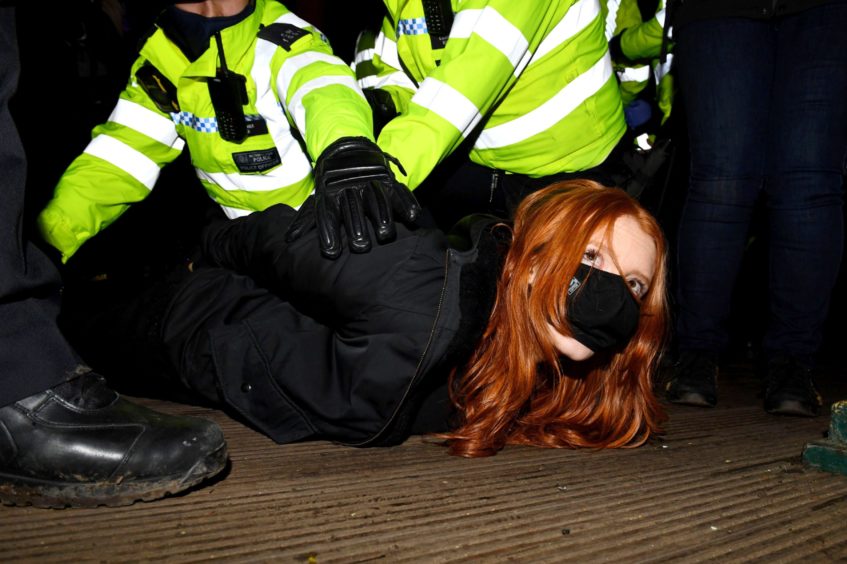This week’s “girls’ night in” protests, which saw young women boycott nightclubs because of drink spiking, provide an interesting social backdrop to the new Police Scotland video.
“Don’t Be That Guy” addresses misogynistic behaviour.
And, while the video is to be applauded, it’s a bit ironic given Police Scotland is currently under review for sexism.
It shows men talking about changing their behaviour to avoid threatening women, which makes a refreshing change from talking about how women need to change theirs to avoid being threatened.
Let’s hope the film is used where it’s needed most, like police training rooms.
The recent advice to women in the wake of Sarah Everard’s murder, including being more clued up about real police officers and legitimate warrant cards, missed the point: her attacker, Wayne Couzens, was a real police officer.

Fabulous as the Met’s advice was, if you are in the business of writing 1970s sitcoms – hold it right there Mr Attacker: there’s a number 79 bus coming and I am going to enlist the assistance of the good people thereon – it was the usual diatribe women have come to expect.
Stay safe; stick together; don’t walk home alone; check your taxi driver’s credentials; guard your drinks…
On the whole, women do it all, but it sticks in their craws, which is why there was such anger after Sarah Everard’s murder.
It was yet another encroachment into already limited freedoms.
What now? Don’t go out after 8pm in the winter?
Today’s ministerial advice to women concerned about a police officer
“Flag down a bus”
“Get support from a bystander”
“Call 999”
They also say there’s no issue of trustMy advice to ministers:
“Take Responsibility”
“Order independent inquiry into misogyny”
“Tackle male violence”— nazir afzal (@nazirafzal) October 1, 2021
Even your mother’s old advice about finding a policeman when in trouble is looking a bit of a sticky wicket nowadays.
The dark, hidden rump of police misogyny
Those of us who rolled our eyes at mums and then became one expected things to change for our daughters.
Legislation, evolving attitudes, a bright new world where our girls wouldn’t be put down or held back, or patronised, or excluded, or limited, or disrespected.
Well, things have changed all right: they’re worse.
We slapped down chancers, body-swerved opportunists, ignored cat calls and learned not to trust thin veneers of charm.
But, now, it is commonplace not just for groups of young men to be sexually aggressive to women in the streets but to spike their drinks to ensure their sexual availability.
Now that women have the cheek to demand choices, there’s always Rohypnol to bring them back to silence and submission.
The police play their part in this.
Eleven years ago, I wrote a novel that contained misogynistic police “banter”.
Officers don’t behave like that, I was told, which just proved to me that decent people often have no idea what happens in the bastions of power that supposedly represent them.
The dark, hidden rump of police misogyny was illustrated not just by Couzens but by his colleagues nicknaming him “the rapist”; by his episodes of public flashing being deemed irrelevant (boys, eh?); and by the fact that officers were suspended for unacceptable social media comments.
Even female officers have acknowledged police sexism, including former Nottinghamshire Chief Constable, Susannah Fish, who described “systemic failings” and dubbed the Met “woeful”.
In Scotland, an independent review has been established after a tribunal upheld former officer Rhona Malone’s claims of sexism.
‘Simmering amongst women for a lifetime’
Post-Sarah Everard, this whole issue has gained unprecedented prominence, but it is not just about Sarah.
It’s about Sarah Everard and Sabina Nessa and all the Sarahs and Sabinas who went before them.
Parents need to speak to their sons as well as their daughters. Men need to be responsible for their own behaviour
“It’s been simmering amongst women for a lifetime,” commented barrister Harriet Johnson.
“We are tired of walking the streets with our keys in our hands. We are tired of rape being a punchline.”
And we are particularly tired of not receiving the support from police that we should be able to expect.
“I am not the only lawyer who believes the police to be institutionally misogynist,” says Johnson.
“We have seen case after case of police failures, and the result has been nothing but denial, dismissal and disdain.”
Asking for a warrant card wouldn't have helped #SarahEverard because he was an *actual* police officer. For the love of God, can we please, now, stop putting the onus on women to stop themselves being attacked and start holding the people responsible to account?
— Harriet Johnson (@HarrietEJohnson) October 1, 2021
The Police Scotland video prompted a salutary conversation with my daughter.
Effective, we agreed.
We recognised the sneers, the “I’d do that” comments – “that” being some woman who didn’t deserve person status.
But alarm bells rang when my daughter said she could “take care of herself”.
I want her to feel invincible in what she can achieve; not think she’s invincible on a dark street at 1am.
“How many conversations,” she retorted, “have you had with me about keeping safe?” Lots.
“And how many have you had with your sons about keeping women safe?” Touché.
Parents need to speak to their sons as well as their daughters.
Men need to be responsible for their own behaviour.
And, without a doubt, the police need to do more than make a video.
Catherine Deveney is an award-winning investigative journalist, novelist and television presenter


